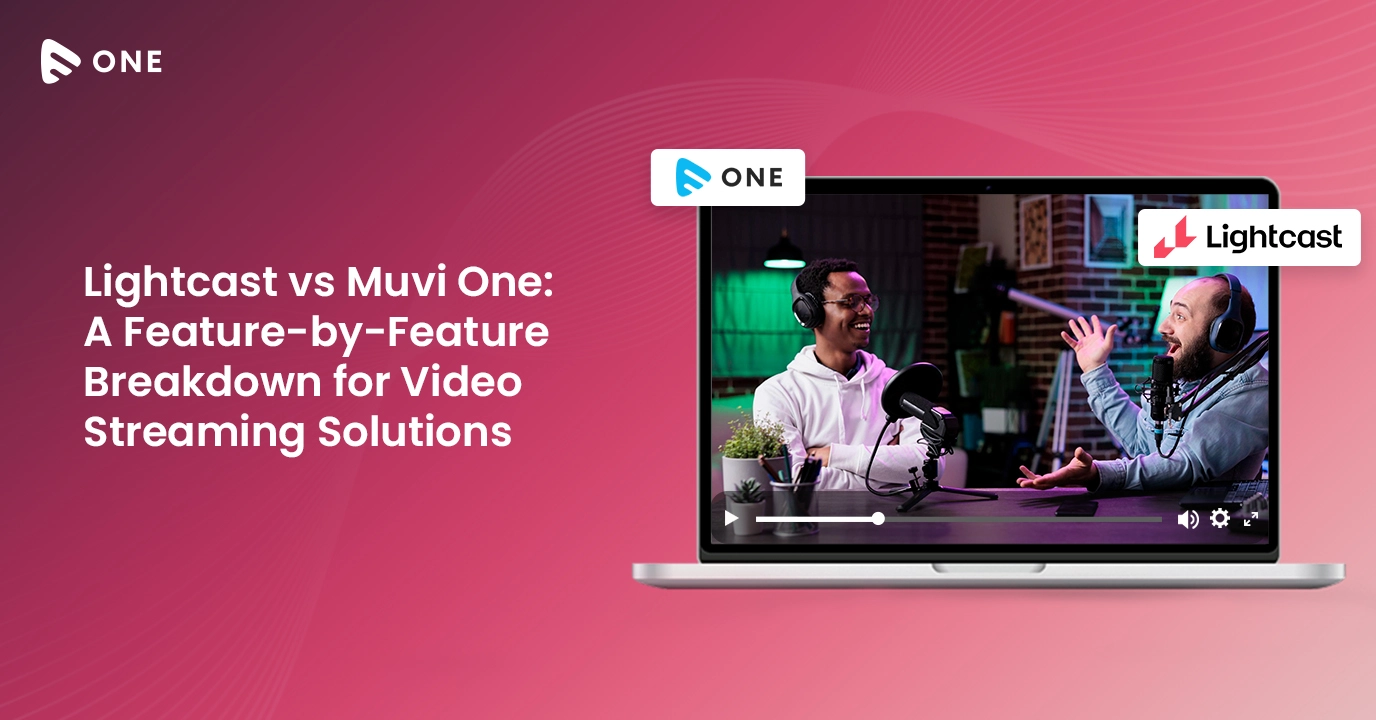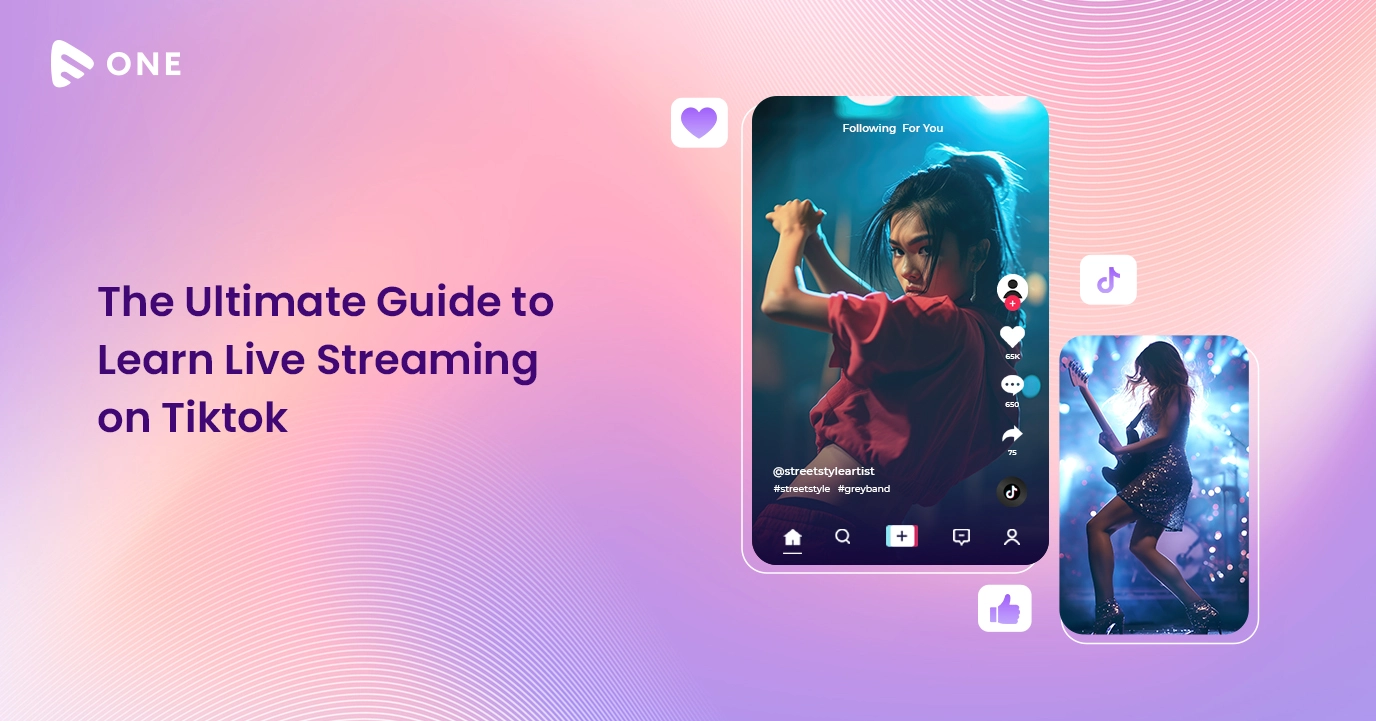Written by: Roshan Dwivedi
While game consoles were historically considered as much of a toy, they have now evolved into offering a whole lot of functionality for a far mature audience.
From the Brown Box to Nintendo Switch (arriving March 2017), and from 10 year old playing games to 51% of Xbox One users watching video-on-demand and subscription-based videos online in 2015, how people perceive game consoles has changed dramatically.
Video streaming market is invading the world of entertainment, as the OTT revenues are expected to grow from 4.18 billion US dollars in 2011 to 17.44 million US dollars in 2017. Owing to this, the modern day consoles have equipped themselves with an array of features to cater streaming demands. Today’s gaming consoles provide capabilities as much more than just a gaming platform. They can sit inside your living room and be used as media players, they can play Blu-ray discs, stream movies & TV shows from local computers, servers and internet, and even play live or on-demand media from the internet. No doubt, online video consumption is one of the most popular internet activities worldwide today, and game consoles have contributed huge towards popularizing this trend.
Let’s have a brief look at the rising curve of Game Consoles acting as Media Centers
The trend of using game consoles as media center started with the arrival of Xbox 360 and PS3s in early 2000s, when these devices were specifically manufactured to act as Media Center consoles. PlayStation3 very quickly became the most popular Blu-ray Disc player in the world. And Xbox 360 remained the popular home ‘Media Center Extender’ for a quite long time.
Up till early 90s, adults enjoyed watching traditional television and kids enjoyed console gaming; however, with the arrival of smart TVs, increasing internet speeds and launch of video on demand services like Netflix, Hulu, MLB and ESPN3 etc… , game consoles became the first and prominent devices to connect to home entertainment networks and stream online services.
As of 2011, streaming online videos accounted for 14 percent of Xbox 360 time, 15 percent of PS3 time and 33 percent of Nintendo Wii time (source), which clearly stated, gamers’ perspectives were shifting.
As of February 2011, 30% of US households had at least one internet-connected device attached to their TV. While only 10% of them held an internet-connected TV, almost a quarter (23%) of them had an internet-enabled game console device they used to watch online videos.
For three years in a row, Americans in 2012 spent more of their overall console time streaming video. Worldwide, in 2012, console users spent 22% of their time streaming movies and TV programs, up from 19% in 2011 and 13% in 2010 (source).
Software game sales were highest in the year 2010 selling 630 million titles, which grew up from 325 units in 2007, 584 units in 2008 and 576 units in 2009. However, since people started using game consoles for many other purposes than gaming, the software game sales dropped amid 2011 and 2014, selling 608 units in 2011 to reaching 485 units in 2014.
Also Read – Live Gaming Streaming: The Next Live Streaming revolution
The Fall
A time in 2010, 2011, when gaming consoles looked poised as general media centers but after 2011, these devices were eroded given the rise of dedicated streaming devices such as Roku and Apple TV and the increased casual gaming. The popular streaming devices during that time were available at far lesser price than game consoles and provided a lot better technologically advanced interface advantages for users.
Owing to this, video game consoles have seen a huge drop in sales over last few years. Consumer spending on game consoles has fallen to $20.77 billion in 2012, from $24.75 billion in 2011 and $25.13 billion in 2010. However, this has managed to rise to $23.5 billion in 2015.
Streaming of Netflix on Game consoles decreased by 20% amidst 2011 to 2014 and the usage of dedicated streaming devices doubled during the same period (Source). In fact, according to BBC iPlayer – requests from gaming consoles for the service was at 4.70% in 2013, which fell down to 4.05% in 2015 and was recorded 3.4% in March 2016 – a downfall of 24%. In contrast, VOD requests from Personal Computers and connected TVs had shown increase. Dedicated streaming devices, which are now replacing game consoles as media centers provide ease of access, better quality of streaming and a better price, no doubt gaming consoles had to lose.
The paradigm has further shifted amid 2015 and 2016. In the first quarter of 2015, gaming consoles were the top CE devices used to access online video content in America; however, with the rise and quickly getting popular streaming media devices such as Roku, gaming consoles now seem to have taken the backseat.
Verdict
No doubt gaming has always been the most favorite media activity for gamers worldwide, and this love for gaming has always kept people engaged into owning game consoles. The total video game market is on rise, accounting to $70 billion in 2014 and expecting to reach $89 billion by 2018 (Source).
Since half of the households already hold a gaming console, market share is still in these devices’ favors. Video game consoles accounted for 54% of connected TV market in the 2014, following Smart TVs at 38% and other streaming devices at 10% (Source). A recent Parks Associates study found that though gaming consoles as primary streaming device have declined 27% in last two years and smart TVs have increased by 29%, Game consoles as media centers still hold the biggest share of 32% as compared to smart TVs at 28%.
Nevertheless, love for gaming will persist and consumers will keep playing games (more offline than online) using game consoles. Even today, 4 out of 5 households own a gaming console and more than 155 million Americans play video games on a regular basis (Source). Looks like the availability of various means of accessing online content has scattered the audience in fractions to use all devices equally and thus, none is leading, none is in demise. Gaming consoles might seem to be losing as media centers but we are yet to see for how long these devices succeed in keeping gamers engaged… J
Till then stay glued to more updates from Muvi Blogs.
Suggested Read: Google’s Big Launch and what’s in for Video Streaming?
















Add your comment